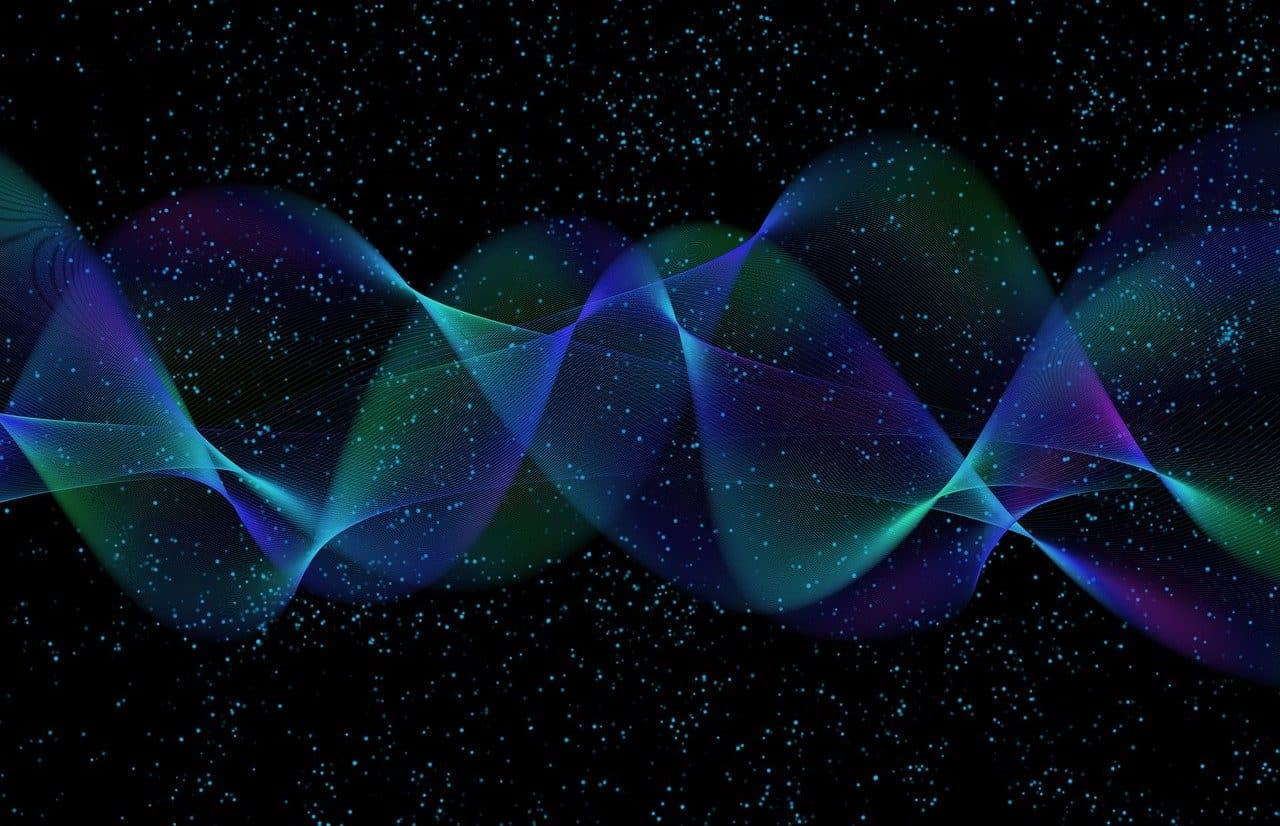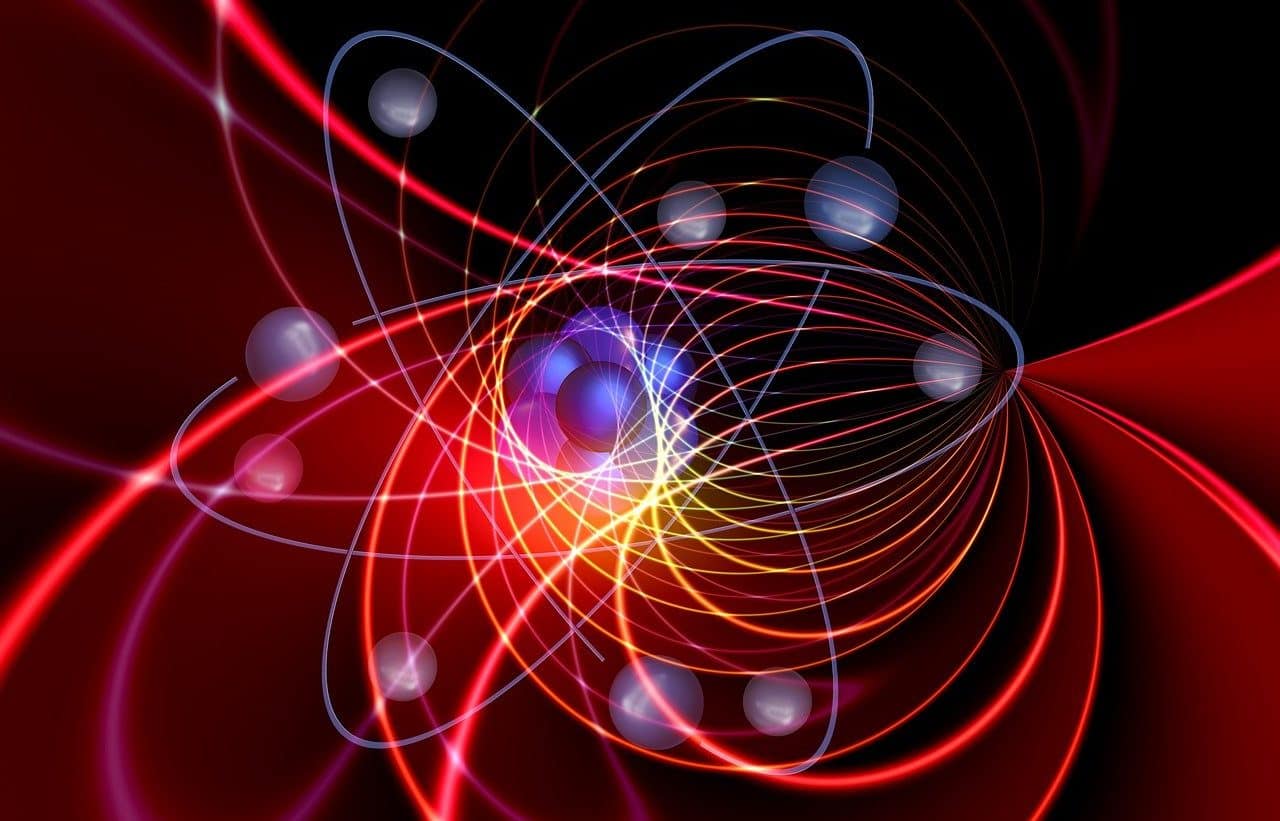
Electrons and photons can behave as waves or as particles.
Wave-particle duality is a fundamental principle in quantum physics that describes the behavior of subatomic particles, such as the electron and photon . Particles can exhibit both wave and particle properties, depending on the experiment performed and the context in which they are observed.
In simple terms, wave-particle duality suggests that subatomic particles can behave like waves in certain situations, exhibiting characteristics such as interference and diffraction , while in other situations they behave like point particles, exhibiting properties of mass and charge. This duality challenges our classical intuition about the nature of matter and light, and is fundamental to understanding quantum phenomena such as the Heisenberg uncertainty principle and the double slit experiment.
Origins
The history and origin of the principle of wave-particle duality dates back to the end of the 19th century and the beginning of the 20th century, when some scientists began to discover phenomena that challenged the classical conceptions of physics. One of the first experiments that led to the development of quantum theory and wave-particle duality was the photoelectric effect .
In 1887, Heinrich Hertz observed that when light falls on certain metals, they emit electrons. However, it was Albert Einstein who in 1905 explained this phenomenon using the hypothesis that light consists of discrete particles of energy, called photons. Einstein proposed that photons transferred their energy to electrons in the metal in a quantized manner, which explained the relationship between the frequency of incident light and the kinetic energy of the emitted electrons. This work on the photoelectric effect laid the foundation for understanding the dual nature of light, which can behave as a wave or a particle.
Another important milestone in the development of the theory of wave-particle duality was the formulation of quantum theory by Max Planck in 1900. Planck proposed that the energy emitted by a black body was not continuous, as expected, but was quantized. in discrete units called energy quanta . This revolutionary idea paved the way for understanding the quantum nature of light and matter.
In 1924, Louis de Broglie proposed his hypothesis of wave-particle duality. Inspired by the relationship between the energy and frequency of light proposed by Einstein and by the quantum mechanical wave theory of light, de Broglie suggested that material particles , such as electrons, could also exhibit wave behavior. This idea was confirmed shortly afterwards by diffraction experiments, which showed that electrons behaved like waves when passing through a crystal lattice.

The wave function allows us to predict the position, momentum and energy of a particle.
Theoretical formulation
The theoretical formulation of wave-particle duality is found within the framework of quantum mechanics , a fundamental theory in physics that describes the behavior of subatomic particles. These can exhibit both wave and particle properties, which are expressed through concepts such as the wave function and the Schrödinger equation.
wave mechanics
Developed primarily by Louis de Broglie in the 1920s, it postulates that particles, such as electrons and protons, can behave like waves. This idea was supported by diffraction and interference experiments that demonstrated the wave behavior of subatomic particles.
wave function
Describes the state of a particle in terms of a probability wave. It is usually represented by the Greek letter psi (Ψ) and contains all the information necessary to predict the observable properties of the particle, such as its position, momentum and energy.
Schrödinger equation
Formulated by Erwin Schrödinger in 1926, it describes how the wave function of a particle changes with time. Its solution provides the wave function of the particle, allowing its properties and evolution over time to be calculated.
Effects
Compton effect
The Compton effect is a phenomenon that shows the wave-particle duality of light. It occurs when photons interact with free electrons in a material, such as a solid or a gas. The photons transfer some of their energy and linear momentum to the electrons, resulting in a change in the wavelength and direction of propagation of the scattered photons. This, known as the Compton shift, is directly proportional to the quantum dispersion angle and the amount of energy transferred.
Quantum tunneling effect
A quantum particle passes through a classically impenetrable potential barrier. This occurs even when the energy of the particle is less than the height of the barrier. In the tunneling effect , the wave function extends beyond the barrier, resulting in a small probability that the particle is on the other side of it, without needing to acquire enough energy to overcome it.
Zeeman effect
It is the separation of the spectral lines of atoms or molecules in the presence of an external magnetic field. This effect is due to the interaction between the magnetic moment of the charged particle and the applied magnetic field. Spectral lines are divided into energy sublevels, revealing information about the internal structure of the atom or molecule and the associated magnetic properties.
Aharonov–Bohm effect
The electromagnetic potential influences the behavior of charged particles, even in regions where the magnetic field is zero. Although the particles do not pass through the magnetic field, they can undergo a phase change due to their interaction with the electromagnetic vector potential. This effect demonstrates that the electromagnetic potential is a fundamental physical quantity, independent of the magnetic field.
Josephson effect
It is observed in superconducting systems, where a direct current of Cooper pairs is established through a weak junction between two superconductors. This current is proportional to the phase difference between the wave functions of the superconductors, allowing the construction of devices such as Josephson current interferometers and superconducting quantum interference devices ( SQUIDs ).
Stern-Gerlach effect
It is an experiment that demonstrates the quantization of the spin of a quantum particle in a non-uniform magnetic field. A beam of particles with a quantized spin is passed through a nonuniform magnetic field, resulting in the separation of spin states in different directions. This effect was crucial to establish the intrinsic nature of spin and its relationship with the magnetic properties of the particles.
Quantum Doppler effect
It is a generalization of the classical Doppler effect that describes the change in frequency of a quantum wave due to the relative motion between the source and the observer. In quantum mechanics, this effect is applied to quantum particles and is used to analyze the behavior of moving particles and their interaction with electromagnetic fields.

When a photon interacts with a free electron, the Compton effect is seen.
Casimir effect
Two parallel metal plates in a vacuum experience an attraction due to the radiation pressure of the quantum vacuum. This is due to the influence of electromagnetic field fluctuations in the space between the plates, which generate a pressure difference that pushes them inward. The Casimir effect is important in condensed matter physics and nanotechnology, where it can affect the design and operation of nanoscale devices.
Quantum Hall Effect
An electric potential difference is generated perpendicular to the current and the applied magnetic field in a conductive material. This is observed in two-dimensional systems under low temperature conditions, where electrons are confined to a thin shell and exhibit quantum behavior. The quantum Hall effect is an important tool for studying the electronic structure of materials and for the manufacture of electronic devices.
Mossbauer effect
It is a quantum phenomenon of nuclear resonance that is used to study the properties of atomic nuclei and the interactions between them and their environment. A nucleus in a crystal absorbs and re-emits gamma photons with a precise energy, making it possible to detect small changes in the energy of the nuclei due to effects such as chemical shift and hyperfine interaction.
Hanbury Brown-Twiss Effect
It is linked to the correlation in the intensity of light in an interferometer. This effect is used in astronomy to measure distances between stars and to study the spatial distribution of radiation sources, such as stars and galaxies. Demonstrates the quantum nature of light and its statistical behavior.
Quantum Zeno Effect
The temporal evolution of a quantum system is delayed or inhibited due to repeated measurements of its state. This effect is based on the Heisenberg uncertainty principle and is used in the manipulation and control of quantum systems to prevent decoherence and information loss.
Anti-Zeno effect
The temporal evolution of a quantum system is accelerated due to frequent measurements of its state. It is based on quantum interference between different states and is used in the optimization of quantum processes, such as information transfer.
